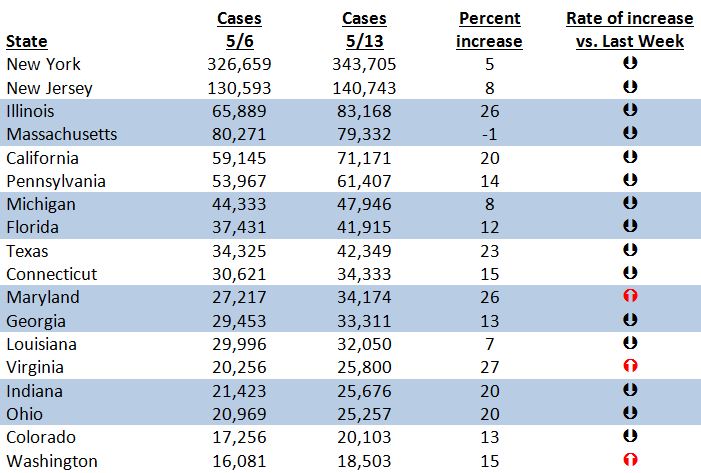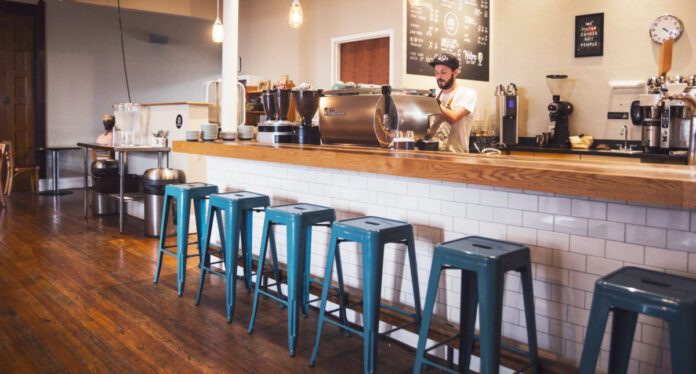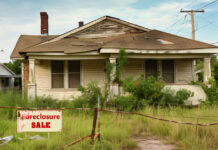“There is a real risk that you will trigger an outbreak that you may not be able to control,” Dr. Anthony Fauci said in regards to reopening too early in senate testimony yesterday. “There is no doubt, even under the best of circumstances, when you pull back on mitigation you will see some cases appear.”
As the dire warning of medical exports raced across the Internet news feeds, front pages, and evening news broadcasts, few addressed the opposite side of the story: What happens if you don’t reopen?
The assumption by many is that Trump wants to reopen the country because a rising economy will help him win reelection. But I think it is more likely that President Trump wants to reopen the country because he is a business man and understand what will happen if you don’t. While senators have observed recessions from the safety of their offices, Trump saw it from the trenches. He has had businesses fail; he knows what it is like to lay people off. How many in Congress can say that?
The Risk of Not Reopening
Because 70 percent of our economy is driven by consumer spending, the disruption to the economy that we risk by not reopening is staggering. While it is one thing to look at a top-line number on the unemployment rate, it’s a different story when you look deeper at those numbers and see the societal harm and the individual damage done when a person loses their job. The downward spiral may include losing their home, their identify and sense of self-worth, and their place in society.
But more than individual jobs are at risk: Entire segments of our economy are going to be lost and may never come back:
The travel and tourism industry, which includes hotels, airlines, amusement parks, cruise ships, dining out, and supports many cities and smaller communities, has been rendered non-existent. You may have read about large chains furloughing employees, but it is happening at all levels of the industry. Think how many businesses line the boardwalk, the airport concourse, the main drag in Orlando or your favorite vacation destination. Think how many jobs and how much tax revenue is generated by resorts, beach vacations, people going to festivals. Wow much did you spent on your last vacation or your last business trip? Thousands.
What about our education system? So far, most teaching jobs have not been lost because they are paid for by our tax dollars and the cities, towns and counties just keep paying their teachers. But what about higher education? Will kids still go to college if there are no dorms, no sporting events, no extracurricular activities, and no parties? Will parents pay $40,000 to have their kid stay at home and look at their laptop screen? Many colleges and universities are major economic engines of their “college town.” What will happen to the critical research being done in labs if the colleges and their infrastructure are no longer supported by tuition dollars? We need colleges to reopen this fall so that the faucet of tuition dollars and discretionary spending can continue.
Small businesses account for more than half of the existing jobs in the U.S. and 64 percent of job growth, and this segment is being destroyed by the shutdown. Many small businesses are what make small towns thrive. We hear about the hair salons, barbers and nail salons, but small businesses also include the coffee shop where you stop in the morning, the dry cleaner or laundromat that cleans our clothes, the bar where you get a libation or celebrate a big win, the restaurant where you and your spouse went on your first date. Many franchise owners are small businesses as well. So while the fast food restaurant whose drive in window you know so well may be a national name, the owner is probably a local company or family. The the sandwich shop where you buy your sub, the convenience store where you get gas, or the retailer you frequent may all be small businesses. What will your town be like if those businesses fail? Do we really want to see boarded up storefronts when we drive through town?
The Ugly Truth
We have successfully sheltered in place long enough to slow the spread of the coronavirus and to save our healthcare system from being overwhelmed. Now we need to get back to work. We can no longer destroy millions of jobs to save thousands of lives.
The country needs to take steps to protect vulnerable populations, like the elderly, and let those who want to work, go back to work. We not only need to reopen, we need to restart. Because we may not feel it yet, but the recession is here and we need a jolt to jump start the economy or it will linger.
Today’s Numbers
Reported cases of COVID-19 in the U.S. increased by 22,400 in the past 24 hours, a growth rate of only 1.7 percent. The new total now stands at 1,376,700. Deaths were up 1,671, or 2 percent, to 82,355. Globally, cases were up 69,000, or 1.6 percent, while deaths climbed to 293,157, an increase of 4,789.
Here’s a recap of how individual states have performed in the past week:

While Illinois and Maryland seem to be struggling to lower their numbers, Overall this report is much improved from last week. (I don’t know how Massachusetts ended up negative – either an error on my part of possibly they changed their data.) So far, the states where there has been the most aggressive reopening are not those that are seeing an uptick in case growth.
To put today’s news and numbers in perspective, you can look back at data from yesterday, last week or even a month ago when there were only 555,371 cases in the U.S.








